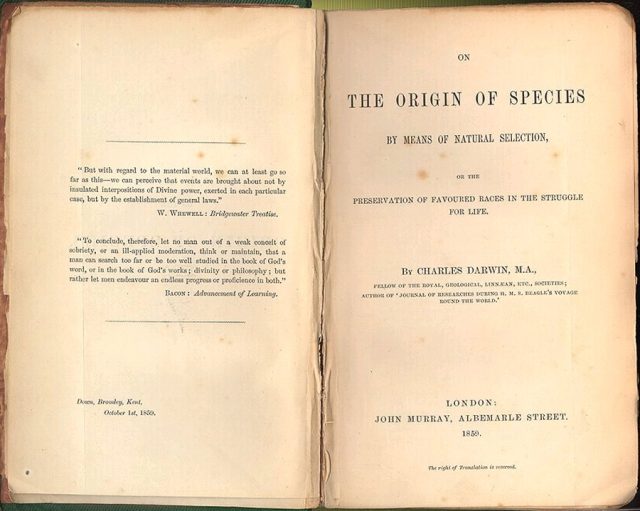Finding the limits of speciation
Ars Technica » Scientific Method 2013-08-21

Despite their small size, organisms smaller than a thousandth of a meter (1 mm) contribute greatly to biodiversity and ecosystem function. Unfortunately, categorizing small organisms—even defining those categories—is difficult. Do small organisms form discrete species? Advances in DNA sequencing, combined with large surveys of small organisms, suggest that they may not.
The process of defining a species is a historical practice. Biologists have agreed on a few rules, but from time to time, biology offers a surprise that means we must break the rules. Now, in a new study published in Proceedings of the Royal Society B, Axel Rossberg and colleagues propose mathematical models that look at how new species are formed.
They start by asking a biological question: are there circumstances where species formation breaks down? They find that in some situations, the concept of a species doesn’t seem to apply to small organisms. Their work directly affects our understanding of how ecosystems function and how to interpret the increasing amount of data pouring in from DNA sequencing machines.
Read 9 remaining paragraphs | Comments




